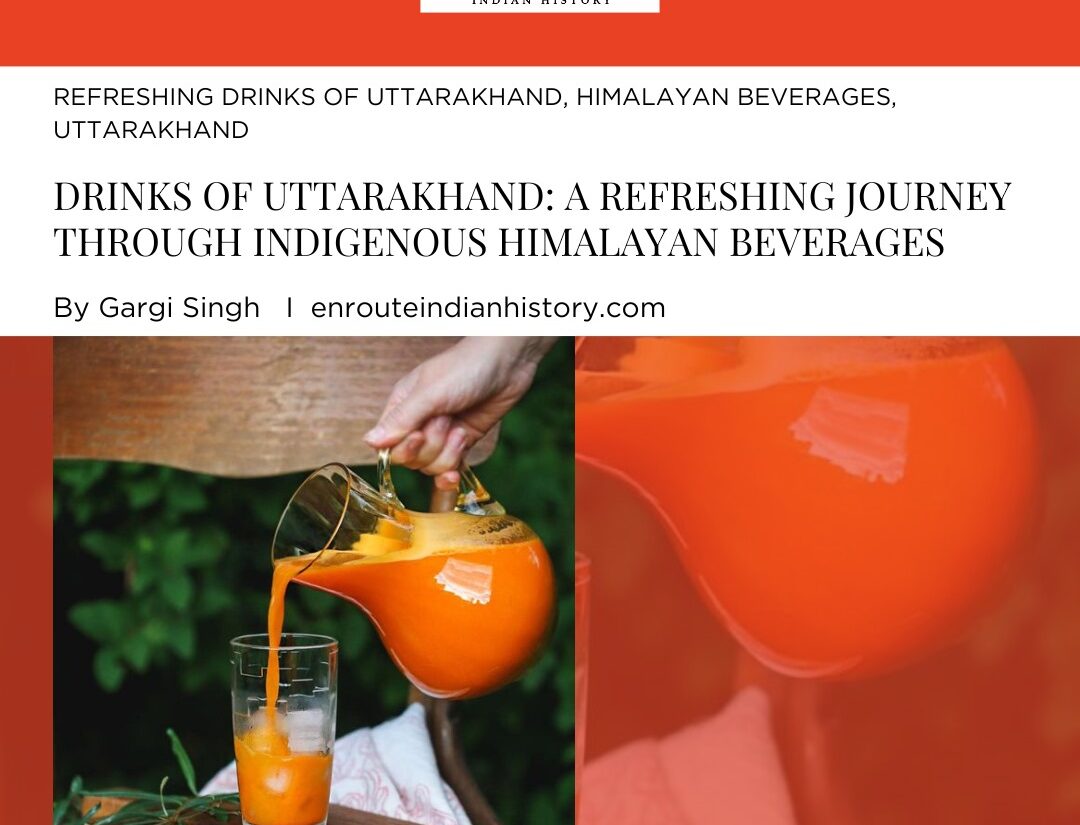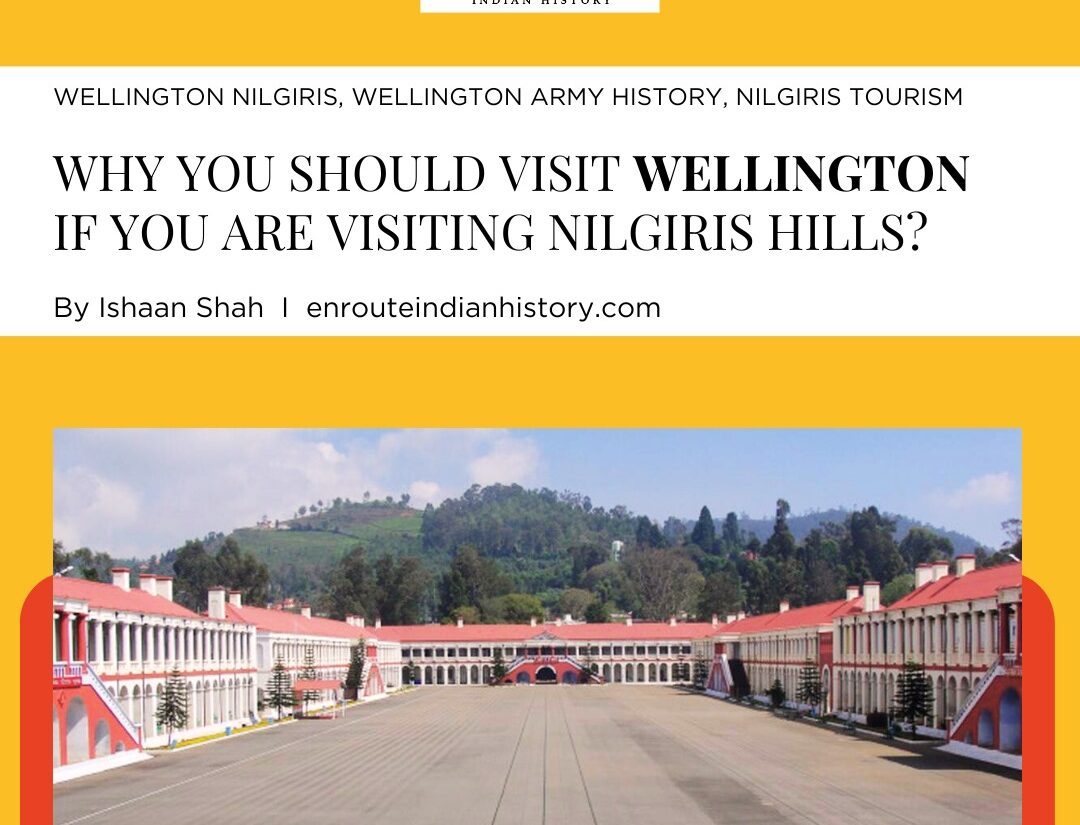Tales of Panchgani: Colonial retirement homes and modern day boarding schools
- EIH User
- May 23, 2024
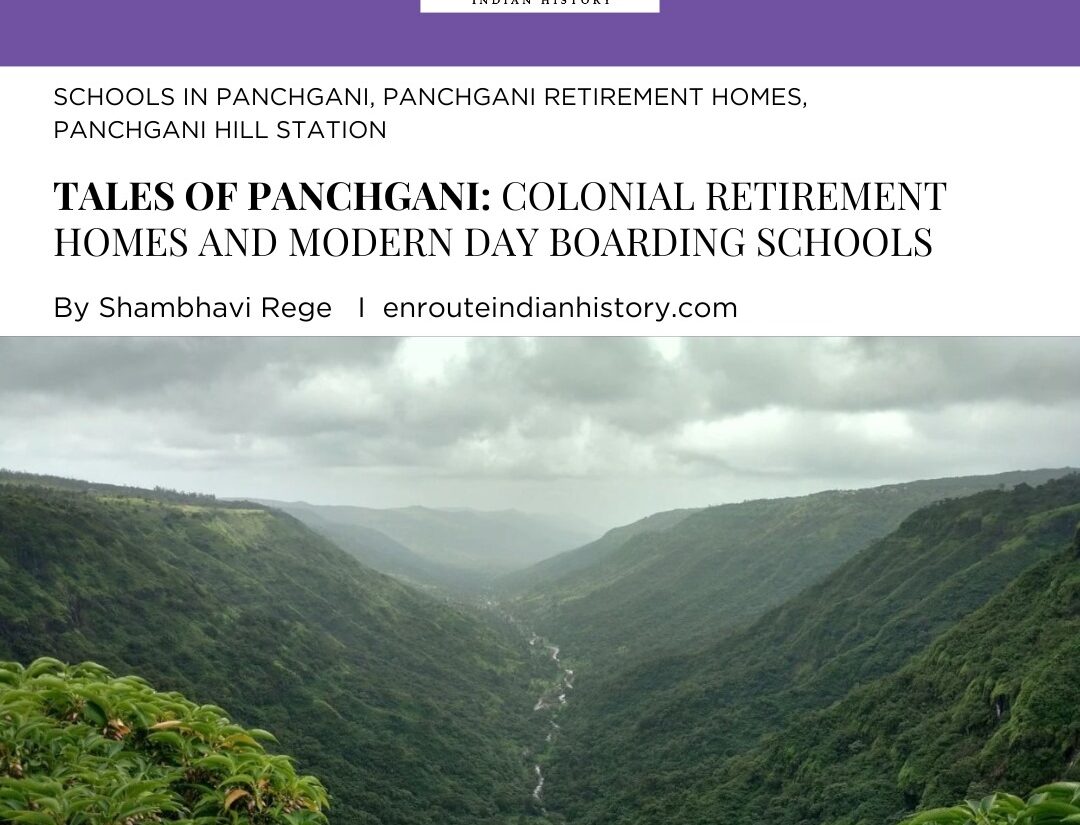
Hill stations in India are synonymous with places for summer vacations. For both children and adults alike, hill stations are a major source of excitement and respite. Most of the hill stations in India get crowded during the summer vacations. And this is not a recent trend. Since colonial times the tradition of going to hill stations during the summer season has been present. Britishers who ruled India for around 200 years found it difficult to sustain in the harsh Indian summers. They began looking for places to migrate during the summer season to escape the heat. Shimla was the first summer capital of India as it was developed by the Britishers to act as its summer retreat where they would migrate during the summer season and enjoy the cool, refreshing weather of the hill station. Soon many places in the mountainous regions were developed. One of the hill stations that was developed during the colonial times is Panchgani located in the state of Maharashtra. Also referred to as the Kashmir of Maharashtra, Panchgani is a typical hill station with an all-year-round pleasant climate and scenic beauty. One can see the colonial structures that were built as retreat homes for Britishers as well as the boarding schools here.
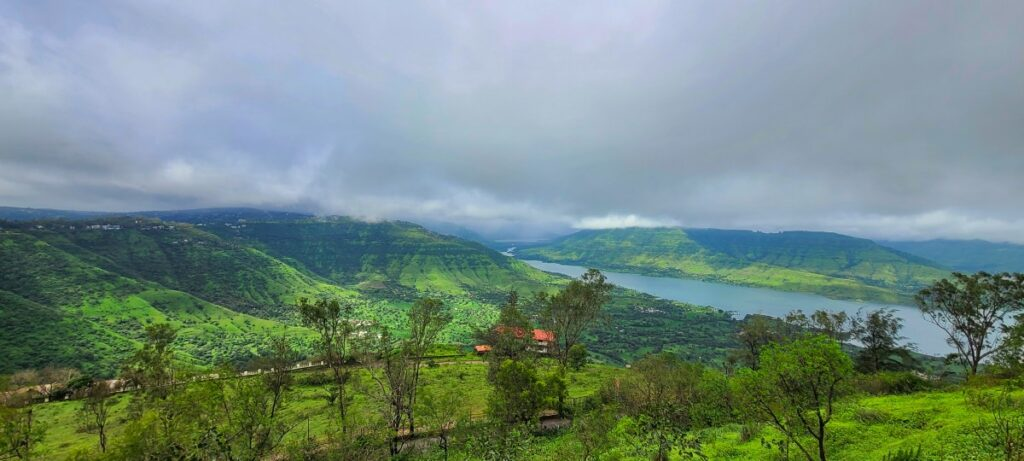
Harrison’s folly at Panchgani
(Source – Two brown feet, 2015)
Panchgani hill station
Panchgani hill station is located in a picturesque setting of the Sahyadri mountain range. Located at an altitude of 1334 metres, the place witnesses the beauty of plains on one side and hills on the other. The sub-division of western Sahyadri mountain range termed as Shambhu Mahadev, lies in the large extent of table land. On the eastern side of Panchgani hill station is Table land and on the northern side is Krishna valley. The tableland, spread across 95 acres, is the second largest mountain plateau in Asia. It is protected as a natural heritage site and conservation zone of Maharashtra state. It was one of the famous locations for film shootings in the 60’s and 70’s. The northern and southern ridge of the mountains in Panchgani offers beautiful scenery that consists of the river valley, the lush green fields, blossoming flowers in the rainy season, green terraces and the scenic beauty of the Dhom dam water flowing nearby.
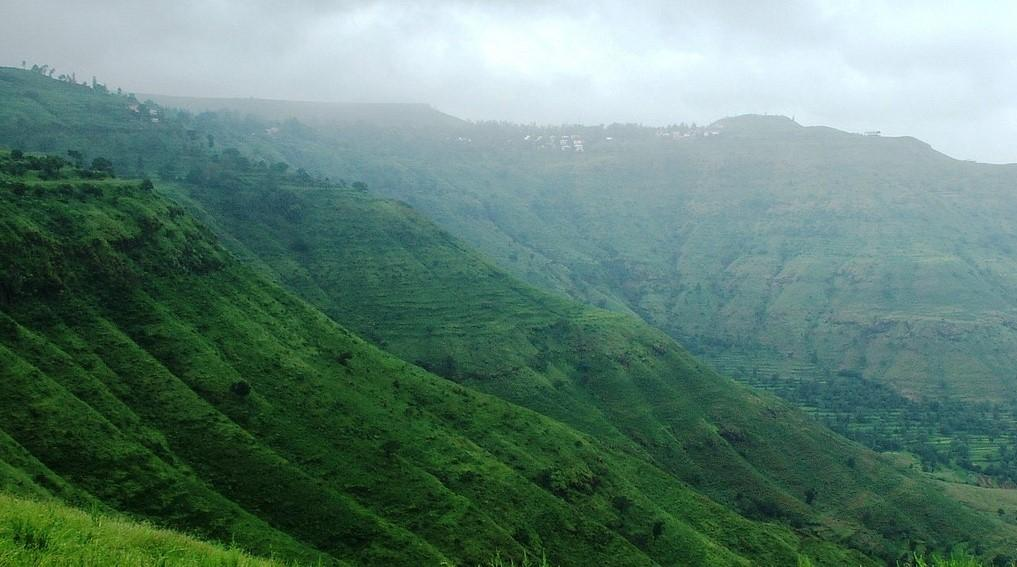
Panchgani hills of Western Ghats
(Source- Akhilesh Dasgupta, 2012)
Tales of Panchgani
Panchgani hill station derives its name from the five villages present here. Gani means a village or hamlet. The five hills of Dhadeghar, Godavali, Amral, Khingar and Taighat. Tales of Panchgani echo through these villages and valleys stringing together the melody of fresh mountain air, lush green valleys and the splendid view of the Krishna waters. In Mahabaleshwar, the twin city of Panchgani, five rivers meet at a place where the Panchganga temple is built, namely Koyna, Krishna, Venna, Savitri and Gayatri. This temple is one the main attractions of the Panchgani hill station which also includes various beautiful points such as Kate’s Point which offers the magnificent view of the Krishna valley and the Dhom dam. It was named after the daughter of a British governor. The Sydney Point overlooks the valley and the city of Wai and was named after Sir Sydney Beckwith. As with several hill stations in India, the influence of British officials and governors on the Panchgani hill station is also present.

View of Dhom Dam
(Source- Two Brown feet, 2023)
Colonial retirement homes at Panchgani
Panchgani hill station owes its existence to Sir John Chesson, a British official. The first mention of Panchgani can be found in the records of a memoir of an officer who was on the staff of Charles Mallet. This official was a resident of Poona and came to Wai along with the Peshwa in the year 1791. He described the place but not much was mentioned. The place was inhabited and brought to its present glory by Sir Chesson. He commenced farming in around 1854 to test the living conditions here and whether crops and vegetables could be grown here. By 1860 Chesson was placed in charge of developing the hill station. He planted various species of plants. He also introduced the silver oak and poinsettia from the western side to Panchgani. Today the silver oaks are an inseparable feature of the beautiful Panchgani hill station.
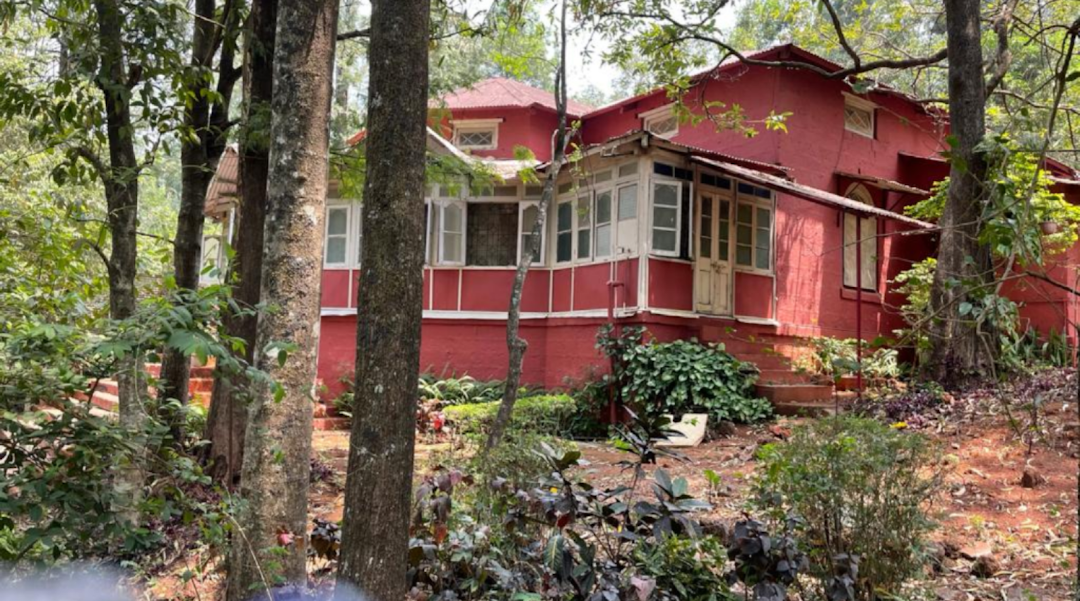
Dhun Heta bungalow
(Source- Times of India, 2014)
In Panchgani history, Sir John Chesson will always hold a significant place as he took charge of the place and converted the sparsely habited villages into highly popular hill stations in India. Various professionals such as vendors, tailors, butchers, and building contractors were brought to the place and settled there. The area below today’s bazaar which is termed as Gaothan was allotted for these people to live. John Chesson was made the superintendent of this place. Villas and houses were built here for the Britishers to visit during the summer season. Seeing the all-year-round pleasant climate present at Panchgani governor Sir Bartle Frere took leadership and asked Chesson to turn the hill station into something more than just a place of occasional retreat. An annual grant was issued to turn the picturesque place into an official government sanatorium. Soon the place was developed as a retirement place for European officials and governors with colonial retirement homes being built. Today the officers and their past are a part of history but the buildings stand, with the lives of numerous Indian youngsters unfolding within them as many of the buildings were converted into boarding schools.
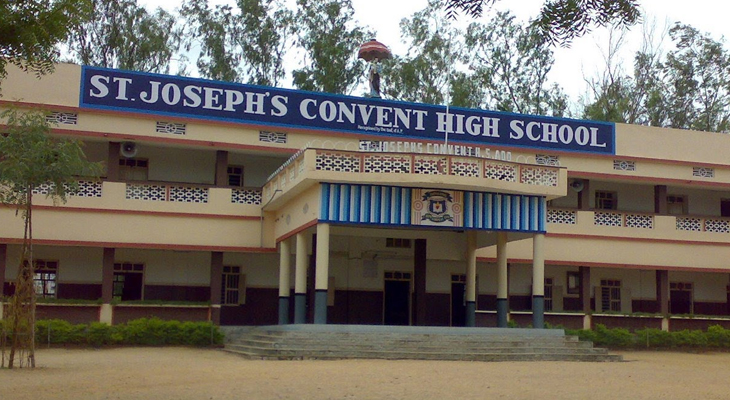
(Source- Boarding schools of india.com)
Modern-day boarding schools at Panchgani
The mention of hill stations evokes the memories of cool climate, scenic beauty and of course the boarding schools in India. Hill station schools in India are not a new feature and have existed in the country since colonial times. Boarding schools in India were often built in the hill stations because of their secluded nature and serene atmosphere which would be conducive for learning. Panchgani too has its share of boarding schools, some of which date back to colonial times. In 1861 John Chesson put forth a proposal for the government for the purchase of land for a school and church. In 1886, Miss Alice Kimmins came to India as a missionary and founded the Kimmins High School in 1898 which functioned as the sister school of Queen Mary’s School located in Mumbai.
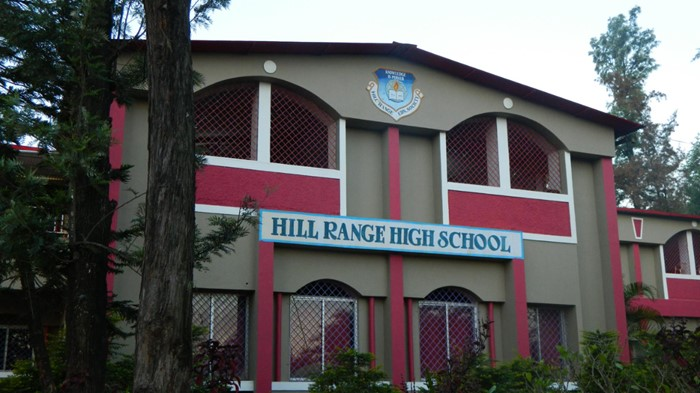
(Source- Boarding schools of India.com)
For a few years, the European boy’s school functioned on the same premises before being granted land. In 1904 it was founded as the St. Peter’s School where notable people from diverse walks of life such as Freddie Mercury, Akbar Al Baker and Udayanraje Bhonsle studied. It is one of the top 10 schools in India. Billimoria High School was started in 1908 by the late Mr.Nowroji Billimoria and it functions as a heritage institute nestled in the Panchgani valley. St. Joseph Convent school is also another premier boarding school of Panchgani which was started in 1860’s. Initially, the boarding schools in Panchgani Hill Station were open for European kids. The children of Indian royal families were also admitted to the schools and opened for specific communities. Though commoners were not admitted to the school. It was only after independence that many of the schools became inclusive. Today these schools are a link between the past and the present with the location being the colonial villas and buildings and the infrastructure equipped with all the modern amenities for the students.
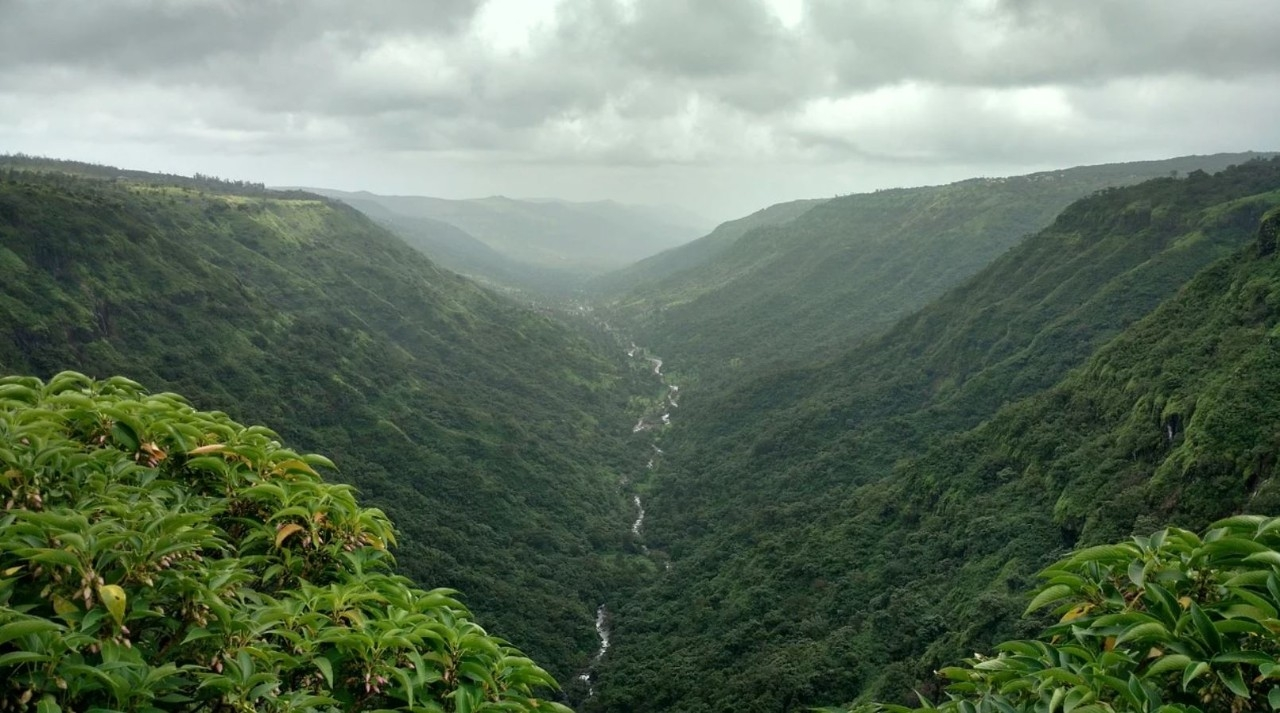
Stunning view of Panchgani valley
(Source- Whats Hot Pune, 2023)
Panchgani history is rich with glimpses of ancient temples, fortresses and colonial architectural styles. Stunning valley side, curated gardens, vast meadows and the picturesque setting of the place stand as witness to the colonial retirement homes of the Britishers which are now a part of heritage. Tales of Panchgani can be read in colonial bungalows, churches, fruit orchards and colonial retirement homes. These homes were used by British and European officials at the end of their careers to enjoy the secluded nature of the hill station away from the hustle and bustle of city life. Today the same places witness the laughs and joys of school and college-going students who are entering the crucial ages of life here, curious about the outside world and what it has to offer. This beautiful contradiction of life and places can be seen in this hill station. And the man who made it possible, Sir John Chesson, was laid to rest in the graveyard of St. Peter’s church.
References
B.D, Pravin Jadhav and Ghodke. “Major tourist attraction in Panchgani .” International Journal of Researches in Social Sciences and Information Studies (2017): 112-114.
Shobhana Pawar, S D Jadhav. “Socio cultural history of Panchgani (1910- 1985).” Shivaji University Kolhapur (2010).
https://www.panchganistays.com/blog/panchgani-and-mahabaleshwar-a-deep-history-in-one-blog
https://www.natureinfocus.in/the-restoration-notebook/the-fight-for-the-panchgani-tableland
https://www.mtdc.co.in/panchgani/
https://www.uppercrustindia.com/oldsite/16crust/sixteen/season12.htm
https://www.deccanherald.com/archives/beyond-five-hills-2140288
https://www.ftd.travel/panchgani-history
https://twobrownfeet.com/2023/10/05/on-a-high-in-panchgani/
- May 23, 2024
- 15 Min Read
